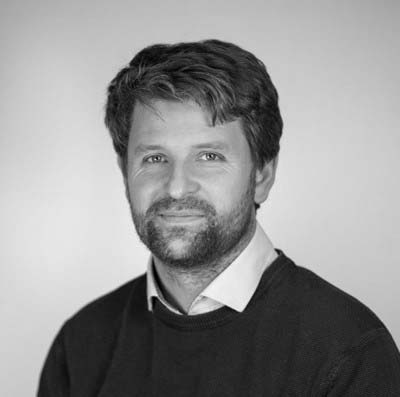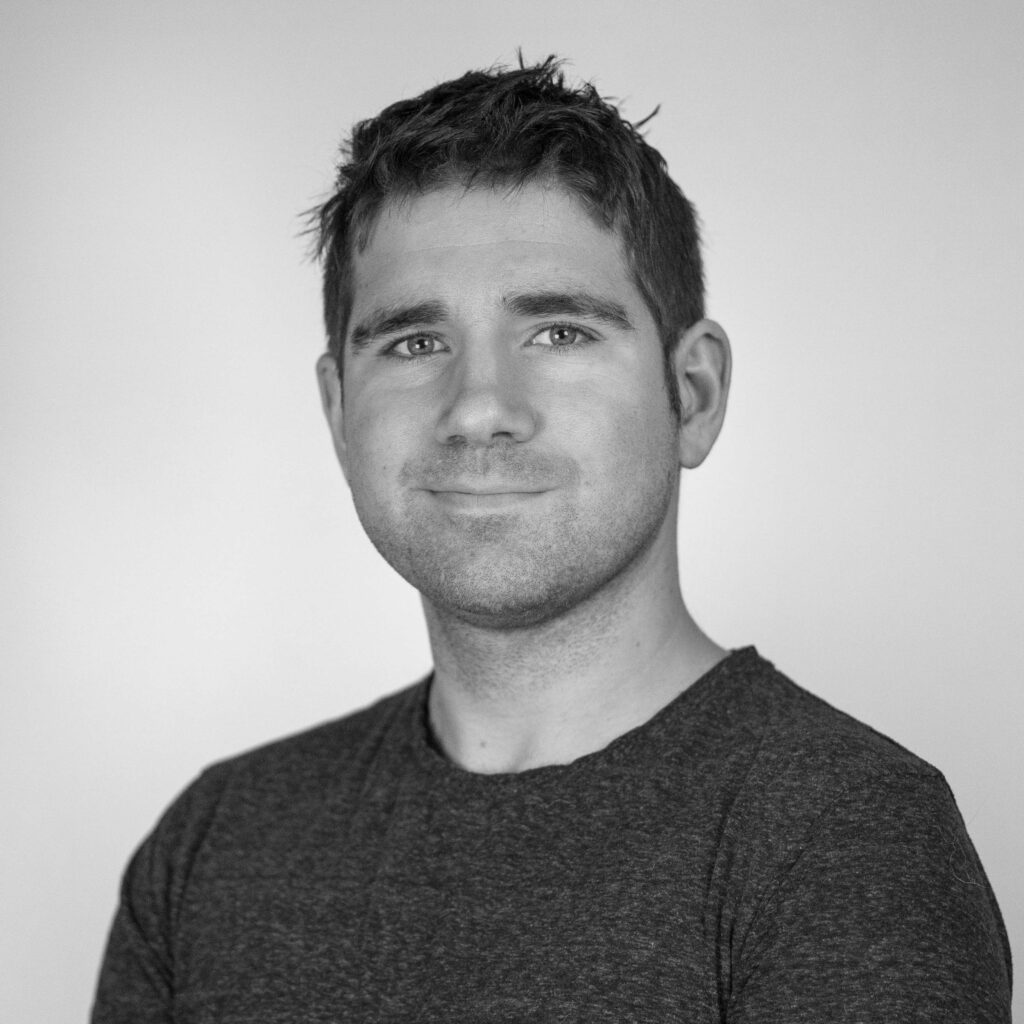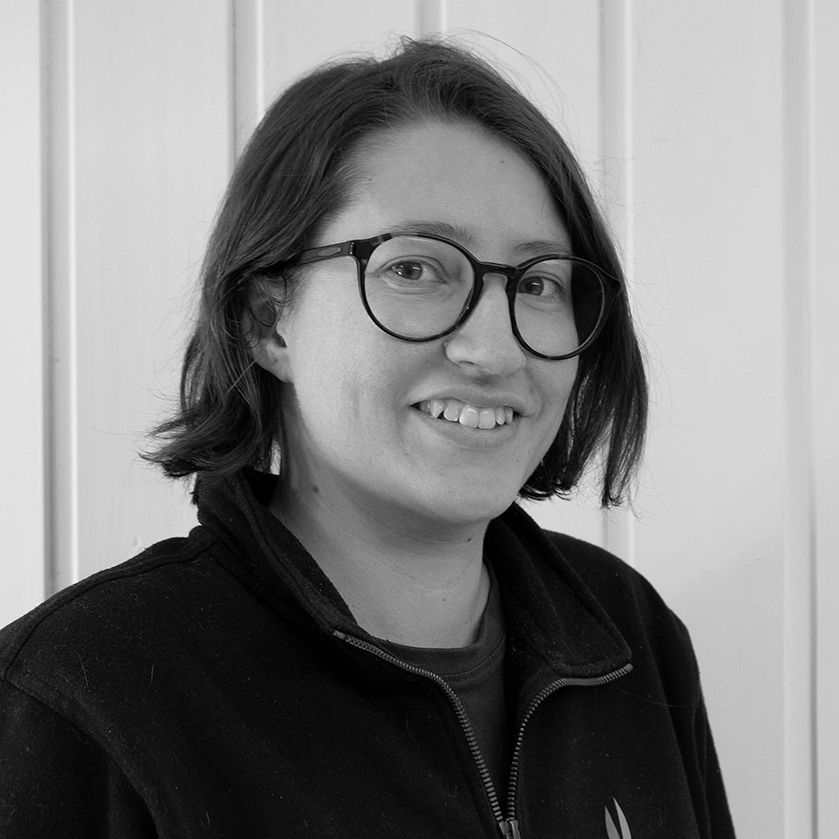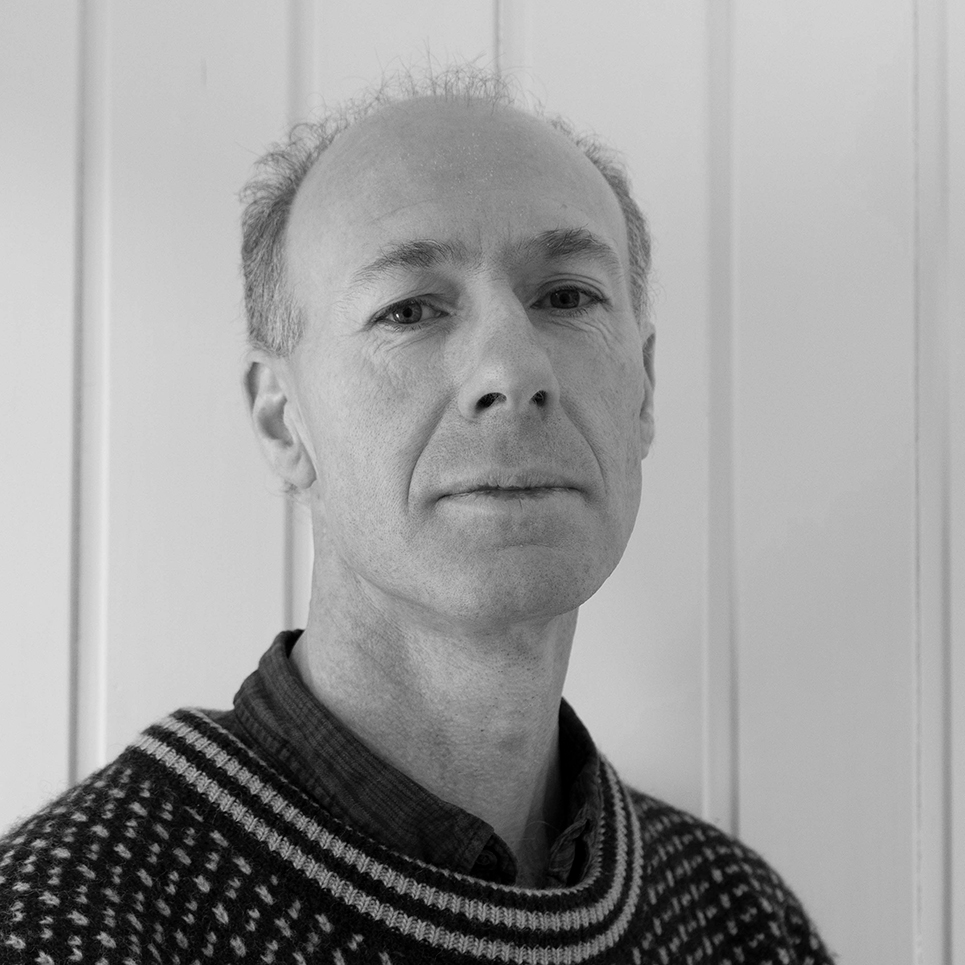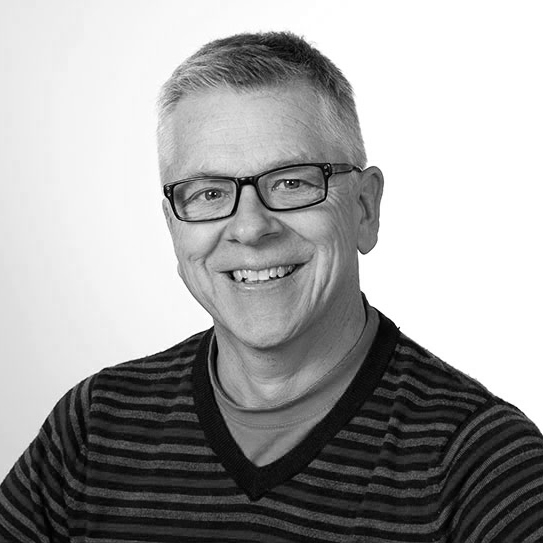

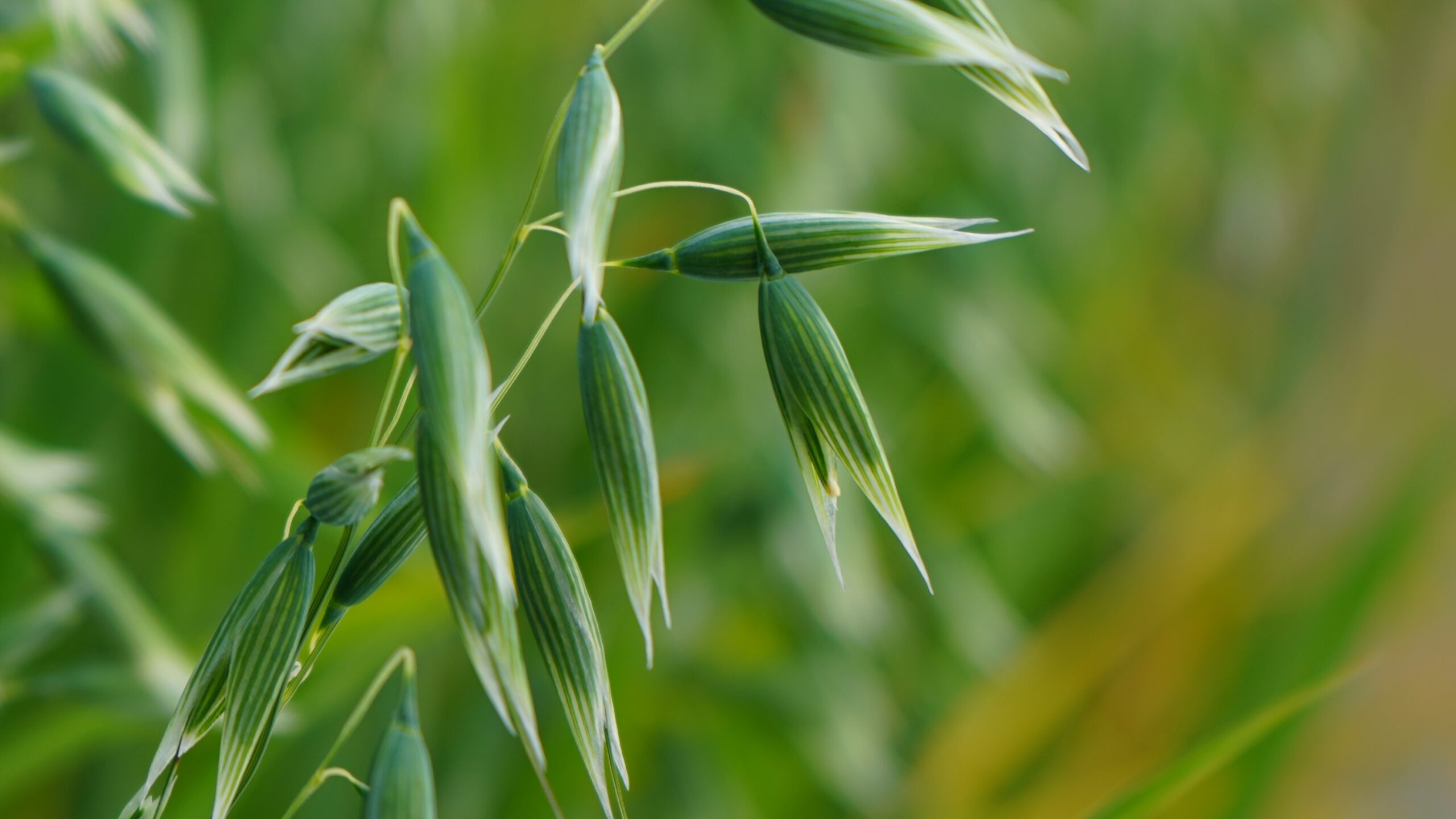
Oats
Oats are the third most important of the cereal species that are grown in Norway and are grown on approximately a quarter of the Norwegian cultivated cereal area. Oats are mostly used in animal feed production, but the amount that is used for human consumption is increasing. This cereal species has many important nutritional and health properties that make it well suited for food. Oats are widely used in cereals, porridge and in bread flour, as well as in the production of vegan substitutes for animal products such as oat milk and oat ice cream.
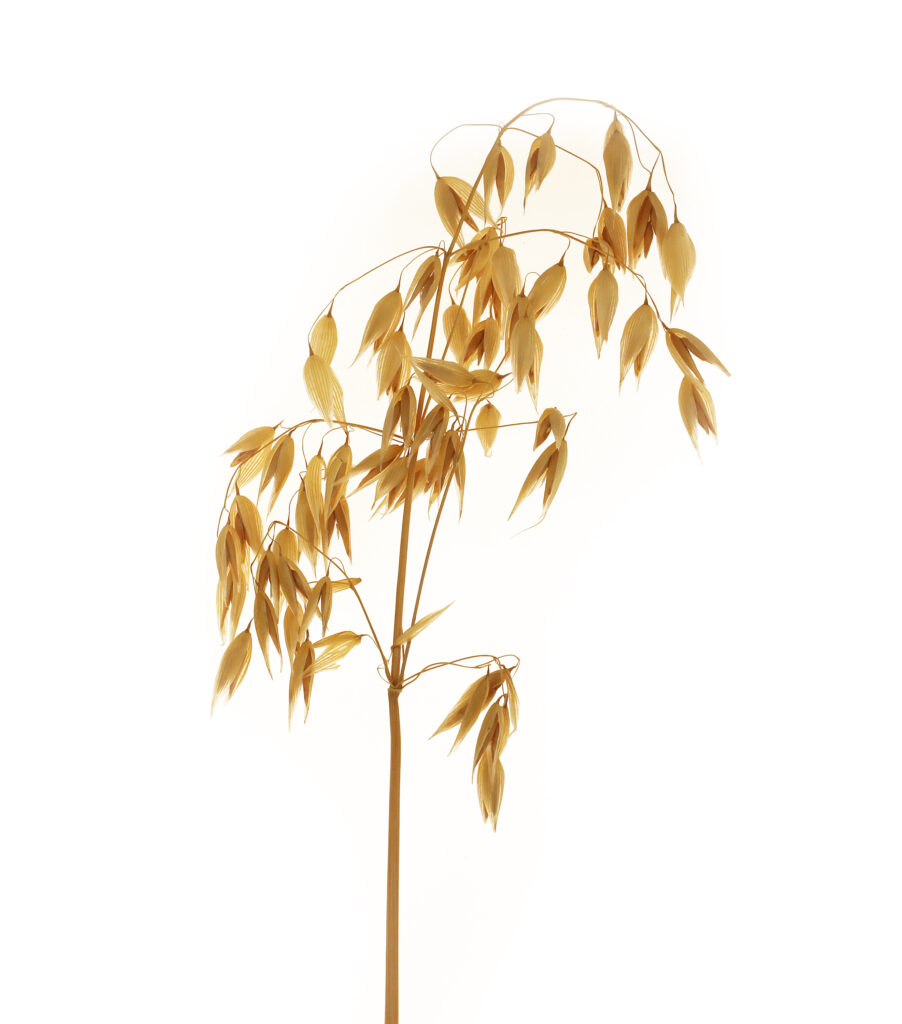
Oats are sown in the spring and are well suited to the Norwegian climate since they thrive in cool temperatures and do not require high soil quality. Oats hold an important place in the Norwegian crop rotation since they have few diseases in common with other cereals. For this reason, oats are generally thought of as the best pre-crop.
The goal of Graminor’s oat breeding program and variety representation is to provide and acquire varieties that hold good agronomic properties and quality traits suiting different use areas. In 2020 Graminor supplied 80% of the oat seed varieties to the Norwegian market. Norwegian oat varieties are also popular in Finland. Oat varieties from Graminor account for 12% of the total Finnish cultivated area.
The most important agronomic traits are:
- Early maturation.
- Stable high yield.
- Good straw strength and straw quality.
- High resistance to diseases and pests, especially powdery mildew, Fusarium and oatmeal spot.
- Good germination.
The most important quality traits are:
- High feed value, including required fat content.
- High nutritional and health value to humans. This includes high content of dietary fiber, and of beta-glucans, which have been shown to have a positive effect on cholesterol and blood sugar content.
- Grain size and weight (hectolitre weight).
- Low shell content.
- High kernel yield.
- Good hygienic quality with low values of fungal toxins and mould.

Tradition and technology in harmony
Graminor’s oat breeding program is based on the traditional pedigree method of line selection. Lines are selected with desired traits and crossed in order to create variety. Throughout the following generations, the lines that hold traits required in a new variety are selected for, while lines showing unwanted or weak properties are rejected. Agronomic traits and crop yield are observed in field trials, and quality traits are analysed in Graminor’s laboratories.
Together the measurements and tests allow for selection of the best lines that can become future Norwegian oat varieties with better yield, that ripen at the right time and have stronger disease resistance than the current, or previously used, varieties.
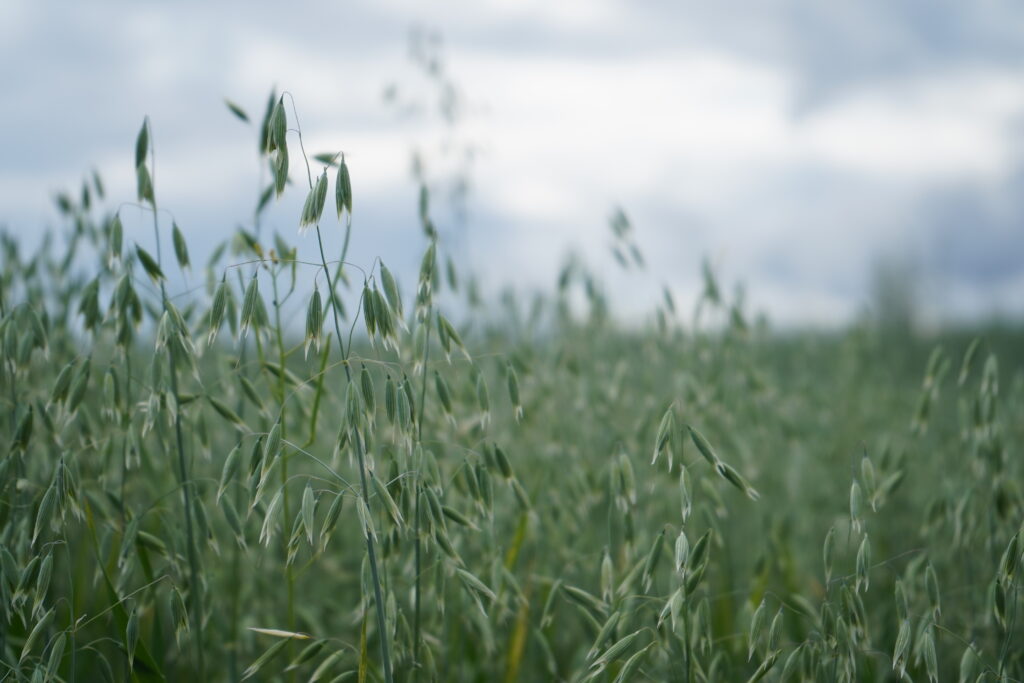
Modern technological methods, in addition to the traditional pedigree method, are used to create improved varieties for the future and to make the breeding process more effective. An important technology now utilised is Marker-assisted selection (MAS). MAS is a molecular biological method that is based on genotyping (the mapping of genes).
MAS is used to make more effective choices about which lines continue with in the development and selection process. The method involves finding the genes that show that a variety, for example, has strong resistance against a specific disease. If these genes are found, which are called markers, then the least resistant varieties can be selected out at an early stage. Previously, it was necessary to leave all the varieties out in the field for several seasons in order for the spread of disease by natural processes. This process enabled the differentiation between strong and weak lines to be seen. MAS testing allows much of this work to be undertaken in a laboratory leading to faster and more accurate results.
Meet the oats team
